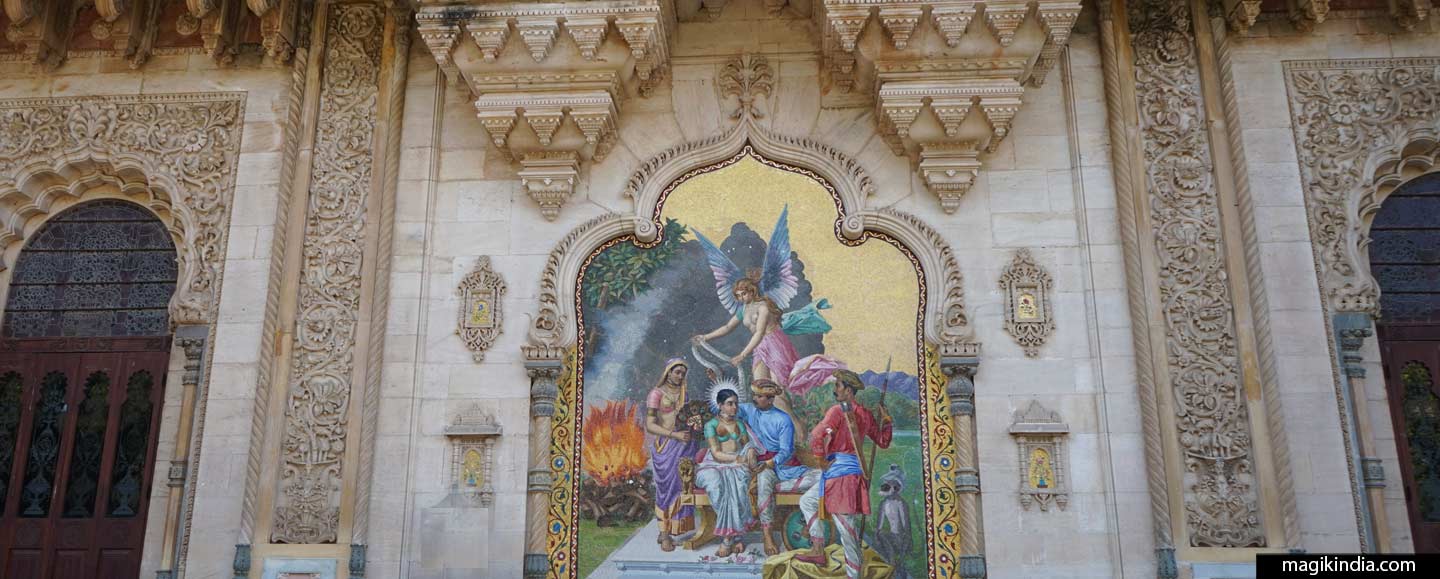
Vadodara (Baroda), city of the Gaekwad dynasty
Vadodara, also known as Badora, is Gujarat’s third-largest town, a fast-growing industrial town but also a cultural capital. Although tourists come mainly for the magnificent Champaner-Pavagadh archaeology park nearby there are a number of sights worth stopping in town for.
Festival Vadfest
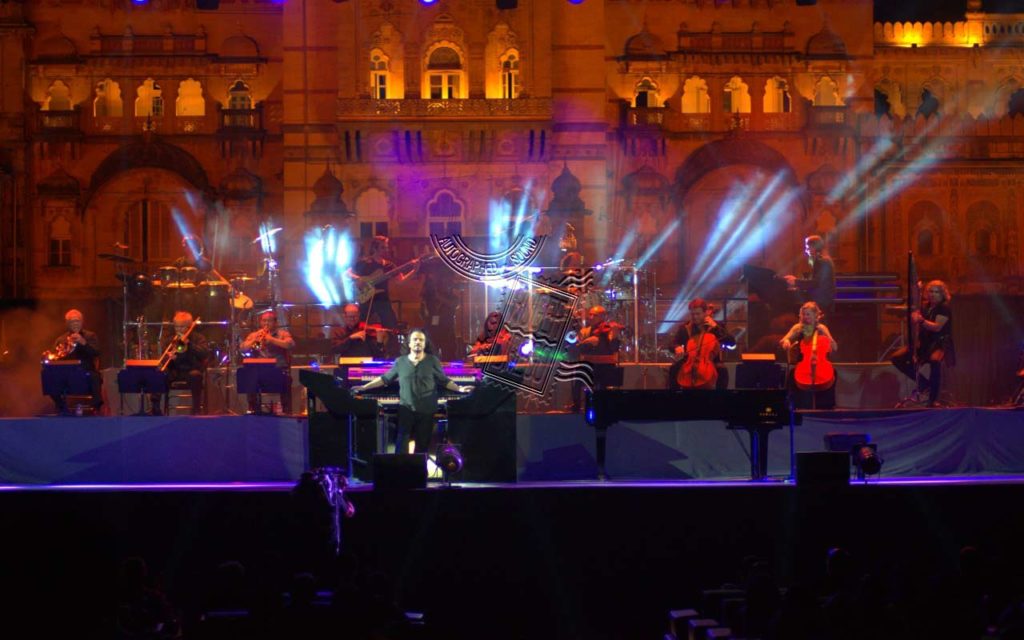
50 events. 15 venues. 4 days. 1 Festival. Vadfest is an international art and culture festival spread across the four day Republic Day weekend – from January 23rd to 26th. Legends from across India and around the world will grace the cityscape for a fabulous four day celebration of art, music, dance, drama, culture, food and a special kids’ theater fest.
And now, let’s visit Vadodara!
Laxmi Vilas Palace
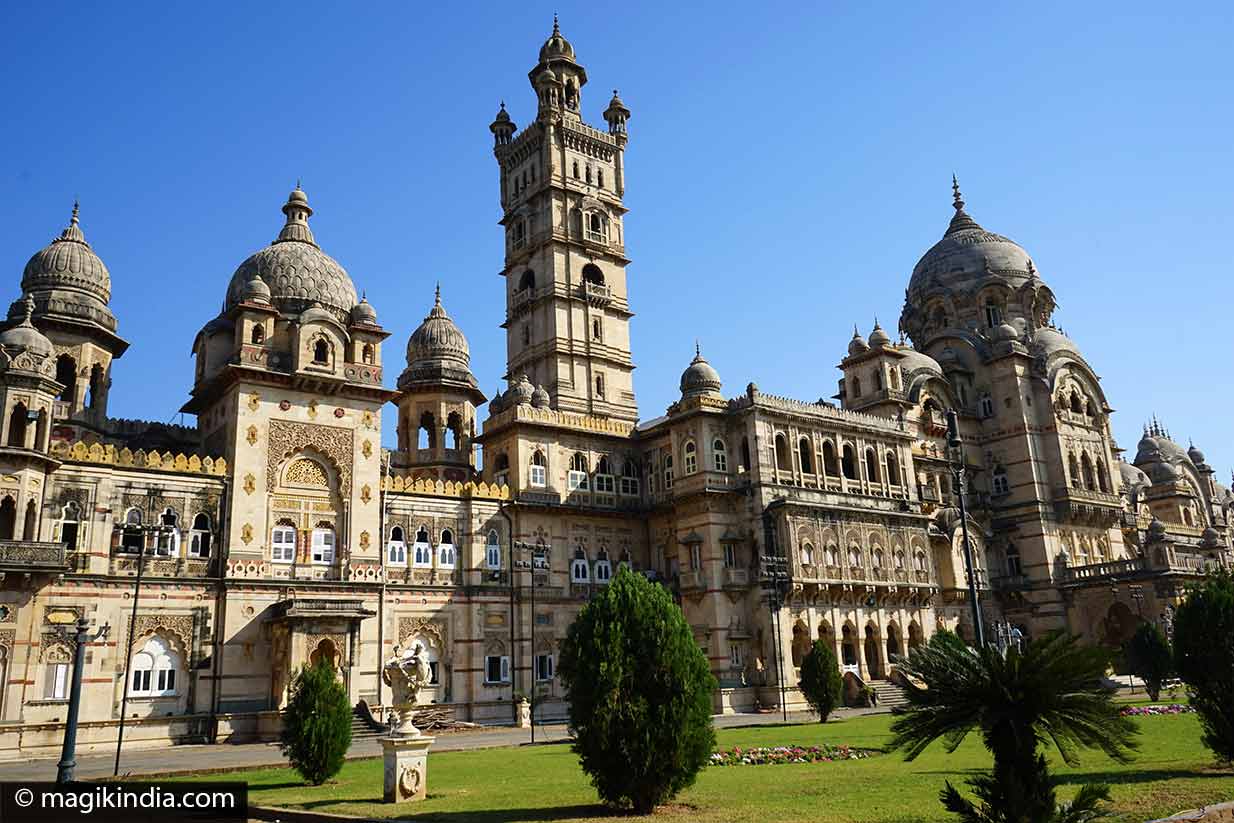
The town’s main attraction in the Lakshmi Vilas palace, a rather extravagant building in Indo-Saracenic style – a mixture of Mughal and Victorian Gothic architecture.
It was commissioned in 1890 by Maharaja Sayajirao Gaekwad III and designed by Major Charles Mant. It took twelve years and vast sums of money to build.
It is still the main residence of the current Maharaja and his family.
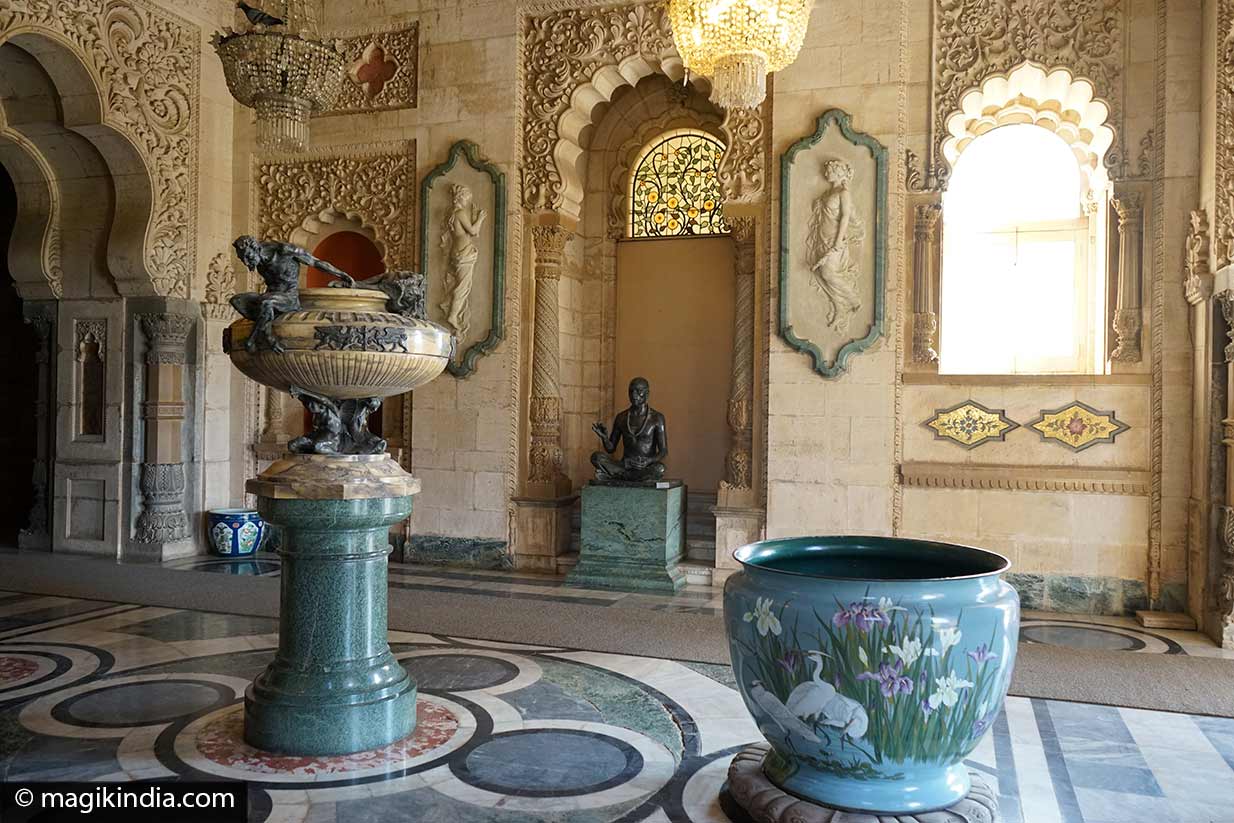
Kirti Mandir
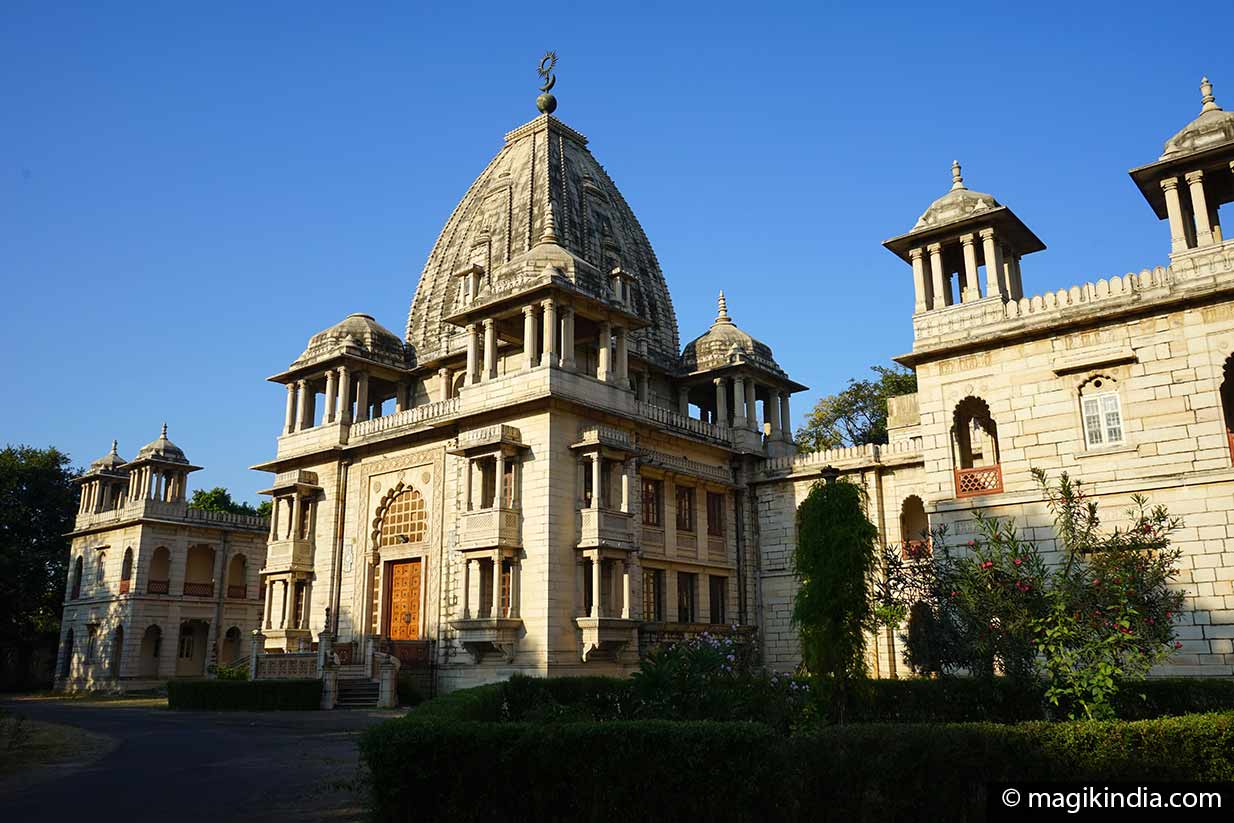
Kirti Mandir is called the “temple of fame”. It is a cenotaph, built in 1936 by Maharaja Sayajirao III to commemorate the deceased members of the Gaekwad royal family.
It is built in the shape of an E with marble-lined galleries and a central hall decorated with murals by artist Nandalal Bose illustrating the life of Mirabai, the battle of the Mahabharata and other stories.

The two wings house 20 small chapels. The tower of the central section is decorated with the symbols of the sun, moon and earth to indicate that the fame of the Gaekwad family will last as long as these three entities exist.
Beside the cenotaph there is a small temple which is the samadhi of a saint.

Tambekar Wada

This three-floor, wood-built Maratha mansion was the home of Bhau Tambekar, Diwan (chief minister) of Baroda from 1849 to 1854.
The interior of the building is painted with elegant murals depicting scenes from the Ramayana, the Mahabharata and the history of modern India.

Maharaja Sayajirao University of Barod

The university was designed by Robert Fellowes Chisholm (1840-1915) in Indo-Saracenic style, with arches and domes in a mixture of Indian and Byzantine styles, in brick and polychrome stone.
The main dome was inspired by the great dome at Gol Gumbaz in Bijapur. In those days the building housed Baroda College; the university was founded by Maharaja Pratap Singh Gaekwad (1908-1968) in 1949.
Nyay Mandir – Justice Court
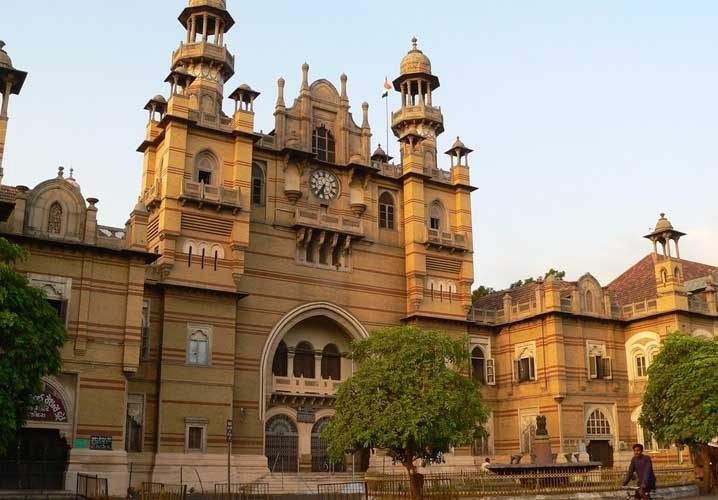
The “temple of justice” was designed by Robert Fellowes Chisholm and built in 1893, in the Indo-Saracenic style.
It houses the Vadodara district Court of Justice. The central hall is decorated with mosaics and statue of Chimnabai, wife of Maharaja Sayajirao Gaekwad III.
Champaner-Pavagadh
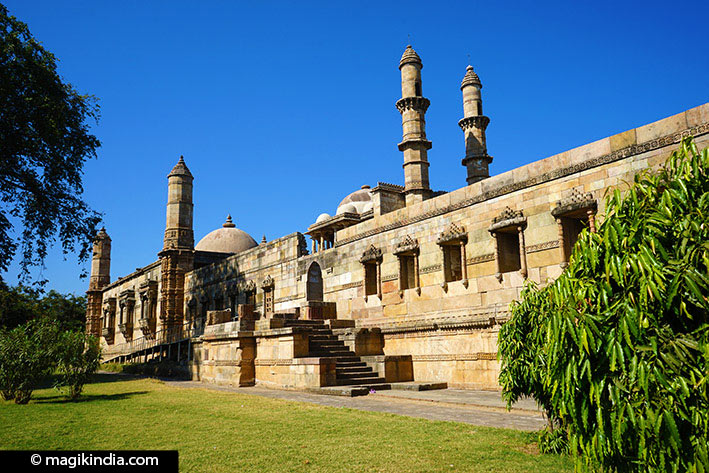
Champaner is a unique place, way out in the countryside, where you’ll find the vestiges of a town that was the capital of Gujarat state in the 15th century and a number of older archaeological remains.
Champaner is now listed as a World Heritage site. It is also one of the 51 Shakti Peethas, and the life of the place today is centred on Pavagadh Hill to which thousands of pilgrims flock each year to pay homage to the goddess Kali.
KNOW MORE ABOUT IT
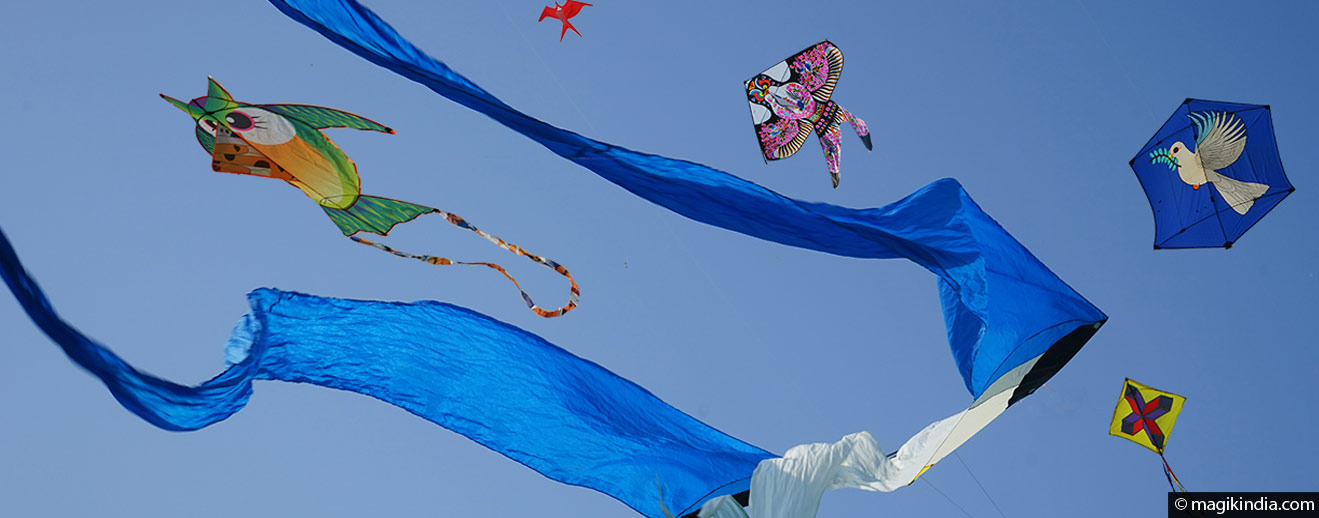
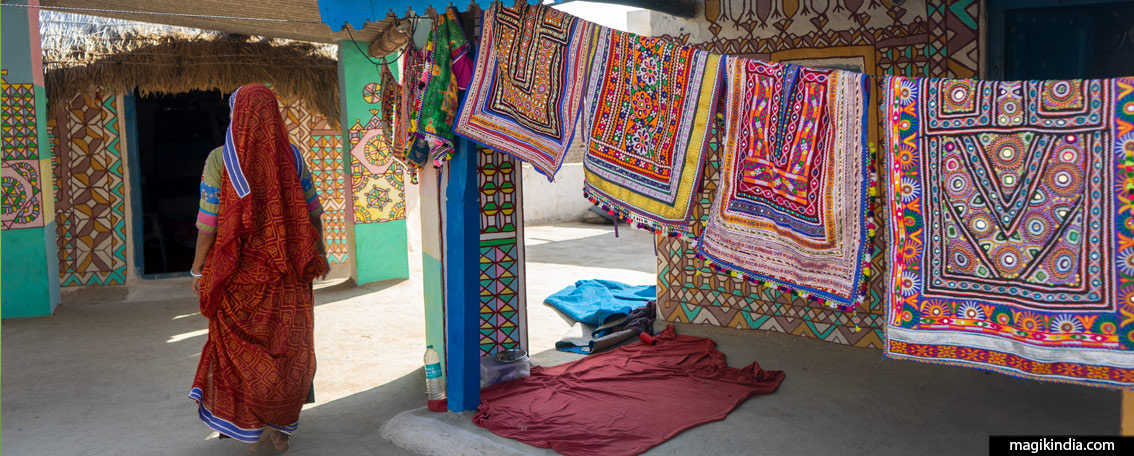
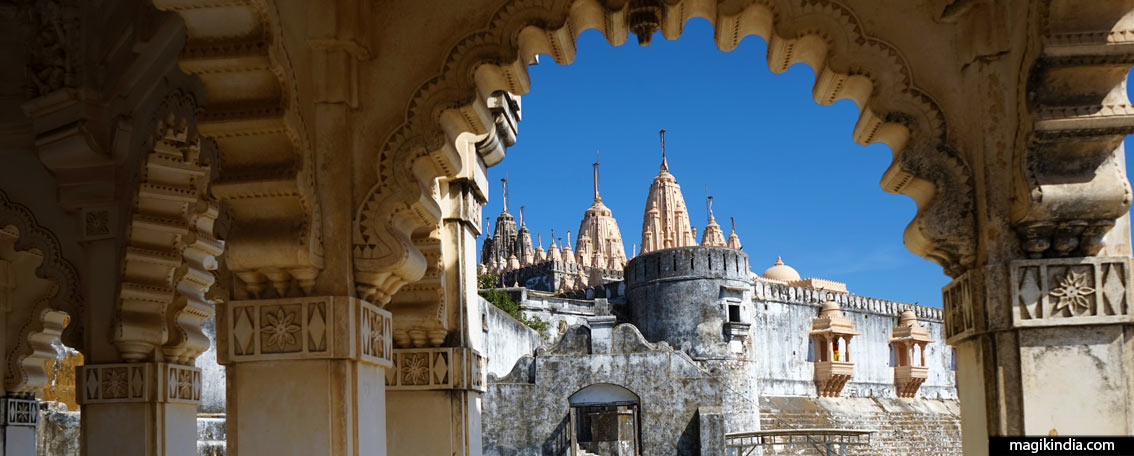
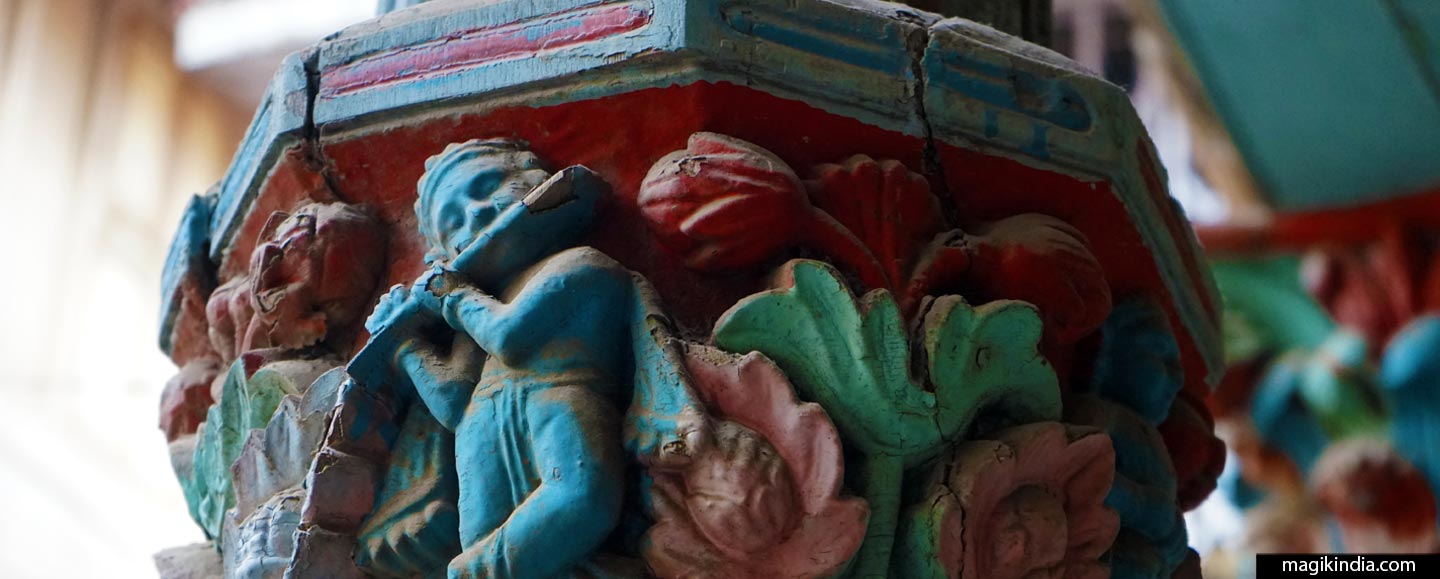
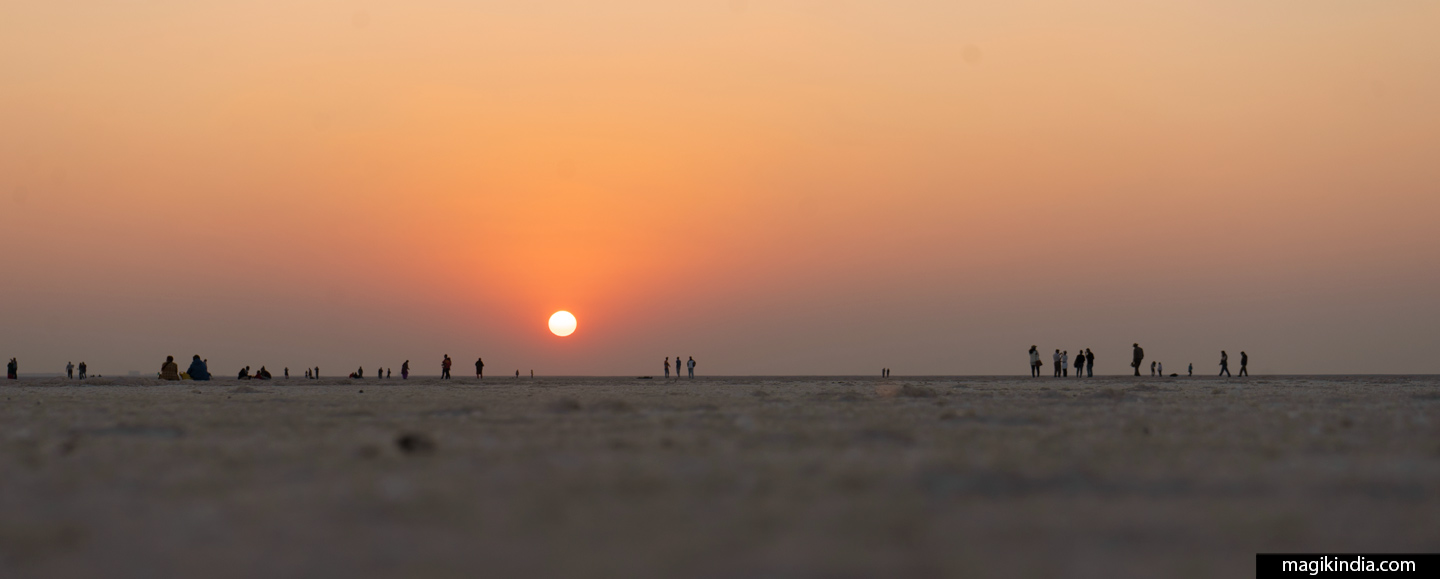
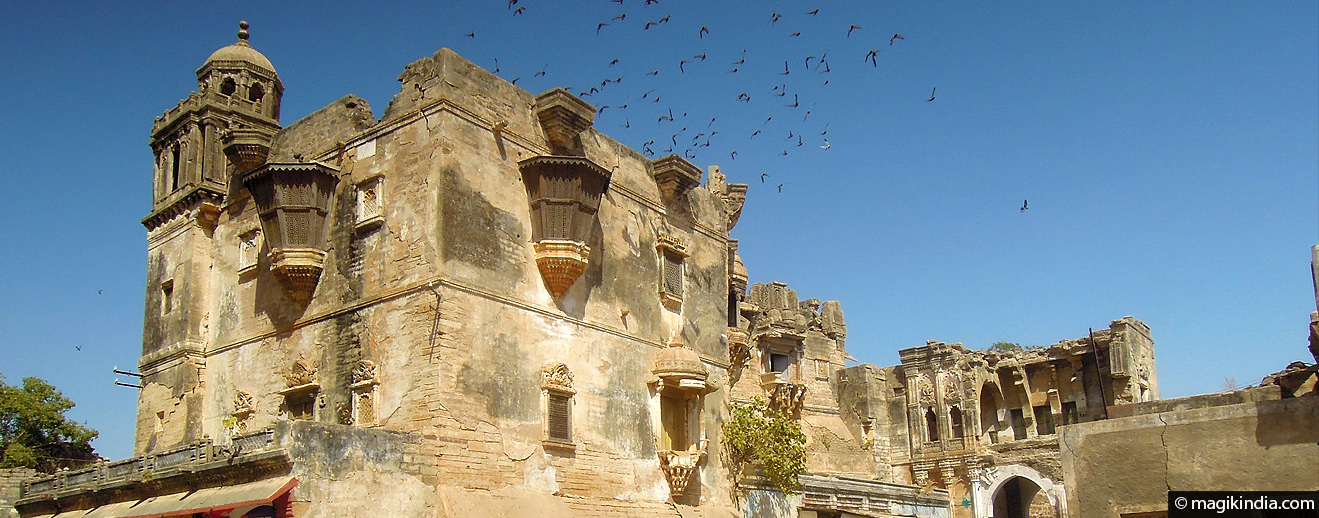
Merci pour tous les articles. Tambekar de ta est en bien meilleur état que dans mon souvenir, visité en 2011, beaucoup moins coloré il me semble. Il y a eu des restaurations ? Il était temps
Merci Christine ! 🙂 J’ai visité Vadodara en 2017, je ne sais pas s’il y a eu des rénovations entre temps. Bien cordialement, Mathini